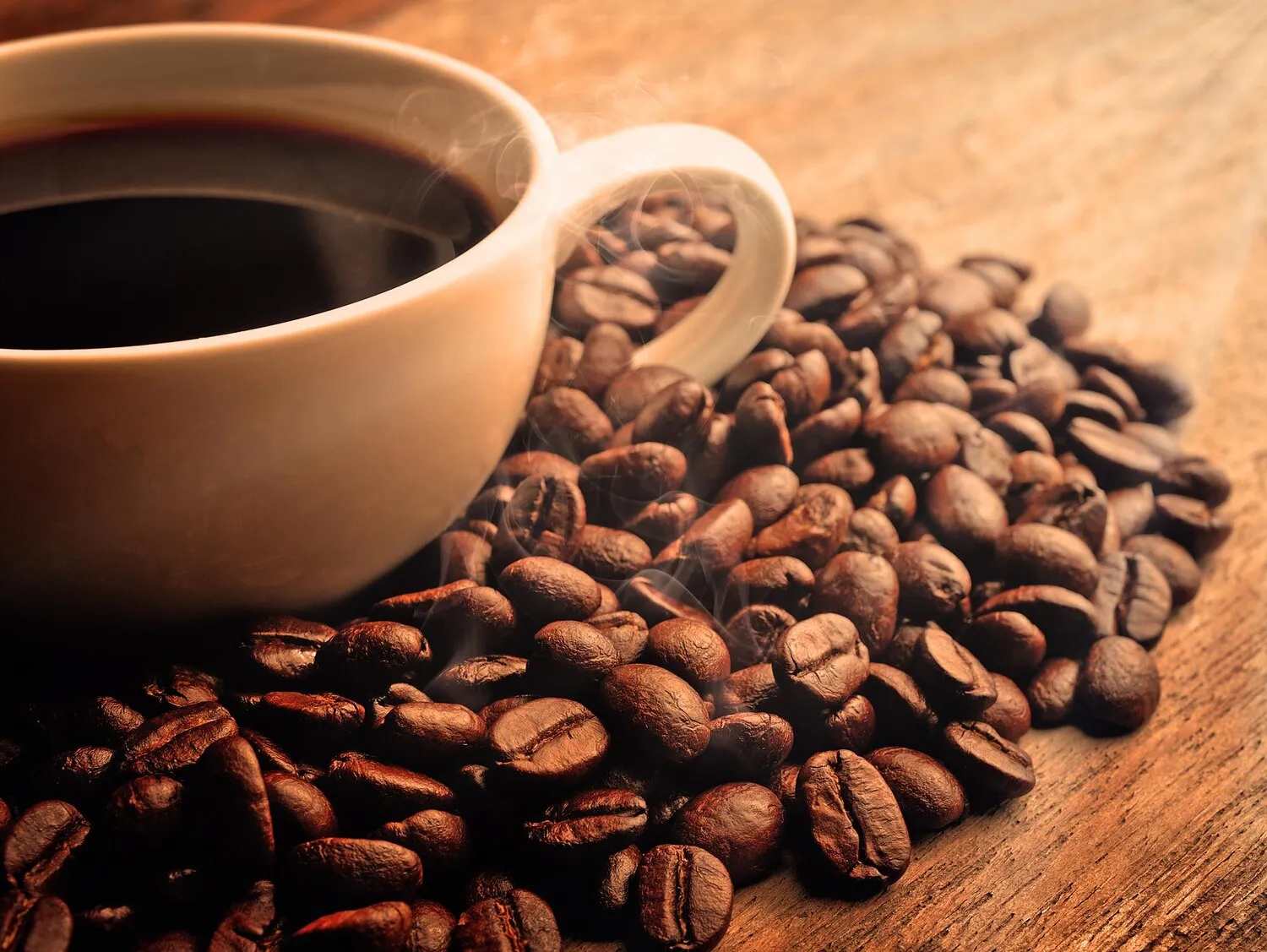
Café
Coffee. Empório do Trigo is often described as a place to enjoy coffee.
Nutrition Facts
* The % Daily Value (DV) tells you how much a nutrient in a serving of food contributes to a daily diet. 2,000 calories a day is used for general nutrition advice.
Coffee's origins are traced to Ethiopia, where the coffee plant was discovered. From there, it spread to the Arabian Peninsula and eventually across the globe, becoming a staple beverage in numerous cultures and evolving into countless variations.
Coffee plays a significant role in social gatherings and daily routines around the world, acting as a catalyst for conversation, a source of energy, and a symbol of hospitality.
Social Ritual
In many cultures, coffee is consumed in social settings, such as coffee shops or homes, fostering connection and community. Coffee ceremonies in Ethiopia and Eritrea are elaborate social events.
Morning Routine
For many, coffee is an essential part of the morning routine, providing a much-needed energy boost to start the day. It's often paired with breakfast or enjoyed as a solo ritual.
Productivity Aid
Coffee is widely used as a productivity aid, helping people stay focused and alert during work or study sessions. Its caffeine content enhances concentration and reduces fatigue.
Symbol of Hospitality
Offering coffee to guests is a common gesture of hospitality in many cultures, demonstrating warmth and welcoming. It's a way to create a comfortable and inviting atmosphere.
Coffee offers a wide spectrum of flavors, influenced by bean origin, roasting level, and brewing method. Expect diverse notes of bitterness, acidity, sweetness, and body.
Flavors range from bright and citrusy in lightly roasted Ethiopian coffees to chocolatey and nutty in darker roasts from South America. Acidity can be perceived as sharp and vibrant or mellow and smooth. Bitterness is generally inherent but can be balanced by sweetness, which comes from the natural sugars in the bean. Body refers to the mouthfeel – light and tea-like or heavy and syrupy.
Bean Selection
Choose high-quality, freshly roasted beans. Consider the origin and roast level to match your flavor preferences.
Grind Size
Use the correct grind size for your brewing method. A coarser grind is suitable for French press, while a finer grind is ideal for espresso.
Water Temperature
Use water that is just off the boil (around 200°F or 93°C). Avoid using boiling water, as it can scorch the coffee grounds and produce a bitter taste.
Brewing Time
Pay attention to the brewing time recommended for your chosen method. Over-extraction can result in a bitter cup, while under-extraction can lead to a sour or weak taste.
Experiment
Don't be afraid to try different brewing methods, coffee origins, and roast levels to discover your preferred coffee profile. There's a whole world of coffee flavors to explore!
Explore additional Beverages dishes and restaurants
Explore BeveragesDiscover top dining spots and culinary experiences in Macaé.
Explore MacaéLearn more about the food culture, restaurant scene, and culinary heritage of Brazil.
Explore Brazil